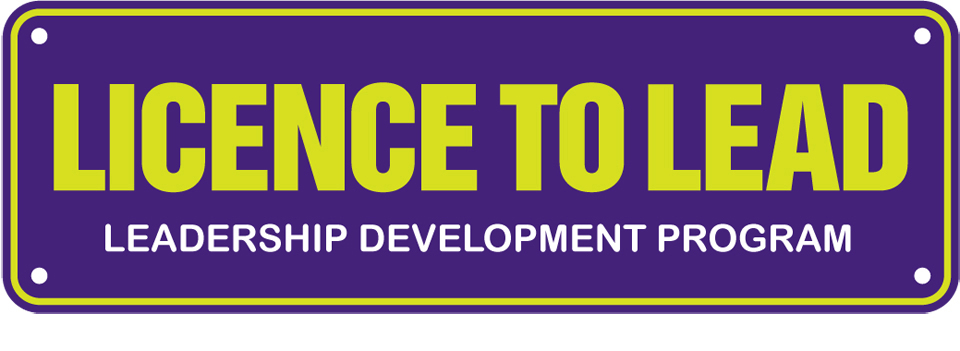
The thought of the dreaded annual performance review leaves many with cold sweats. There has been much celebration at the news that one of the world's largest professional services companies, Accenture, will soon stop doing annual performance reviews with its 330,000 employees. Read more here. It is likely that many will follow suit. But before you rush into ditching reviews at your place, let's understand the issue a little more.
Imagine if a meteorologist (weather dude), wandered out of her office on just one day per year, looked at the sky and recorded what was happening. In her report she could say that 2014 was rainy. She would be right because on the day the observation was made, it was indeed raining. But is she right drawing the conclusion that the whole year was rainy? The same crazy thing happens in many organisations with performance reviews.
There is nothing wrong with performance reviews if they give meaningful feedback to employees based on agreed criteria and are done fairly and objectively. The problem in most cases is that they are not done in this context. They are usually seen as a chore, a boring administrative task which is rushed and is more about a manager ticking off a KPI. Wrong, wrong, wrong and wrong. No wonder they have a bad name.
Despite Accenture ditching the annual review, the company is now even more concerned about giving meaningful feedback to its employees. What wasn't covered in many of the news reports is that they are moving away from the one-off, annual review to more frequent, more meaningful, more personalised reviews. They understand that providing performance feedback is vital to getting the best from people.
Can you imagine if a footy coach only gave a player feedback on his performance at the end of the year? This would rob the player of the opportunity to do better in every training session and every game.
This has massive implications for leaders. If you thought you were escaping the dreaded one-off annual process, it is now being replaced with a constant, ongoing expectation that you will watch, evaluate and feedback, every day!
What is your experience with performance reviews?
 Tuesday, September 22, 2015 at 10:22AM
Tuesday, September 22, 2015 at 10:22AM 



